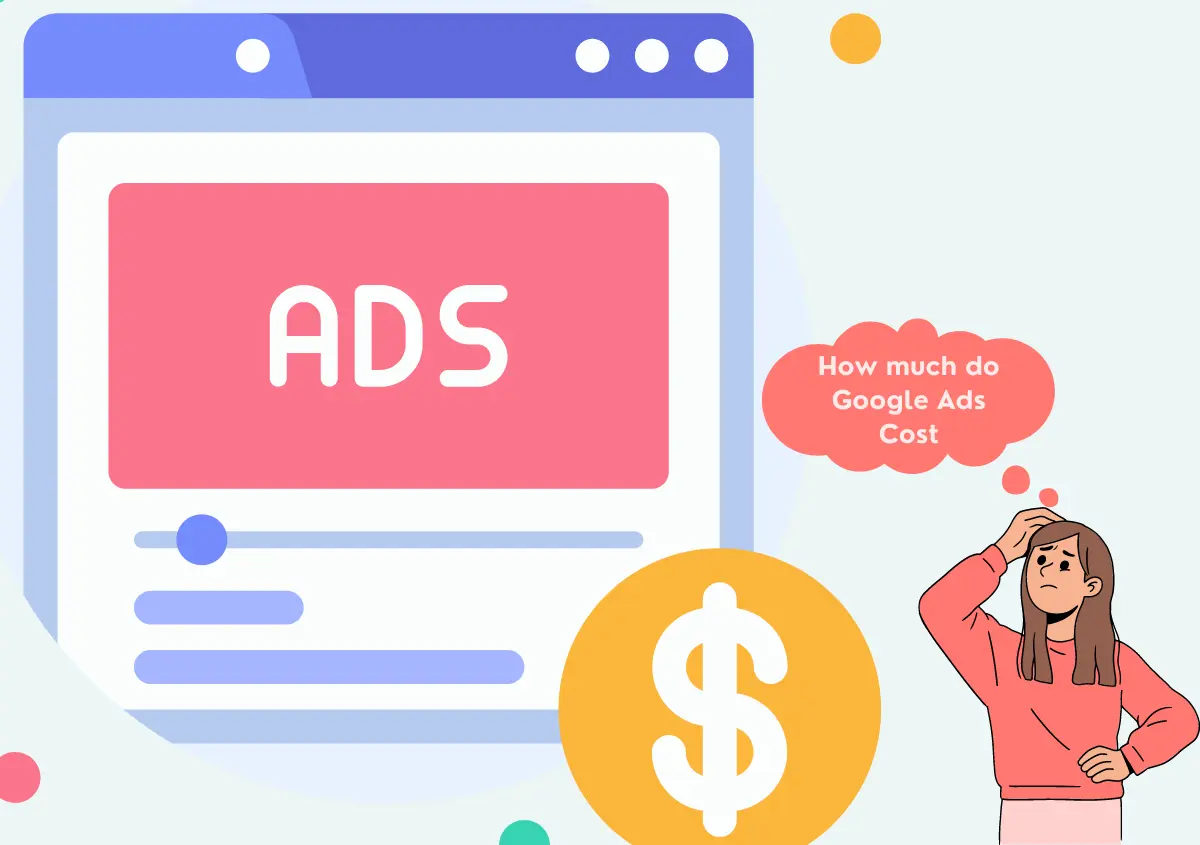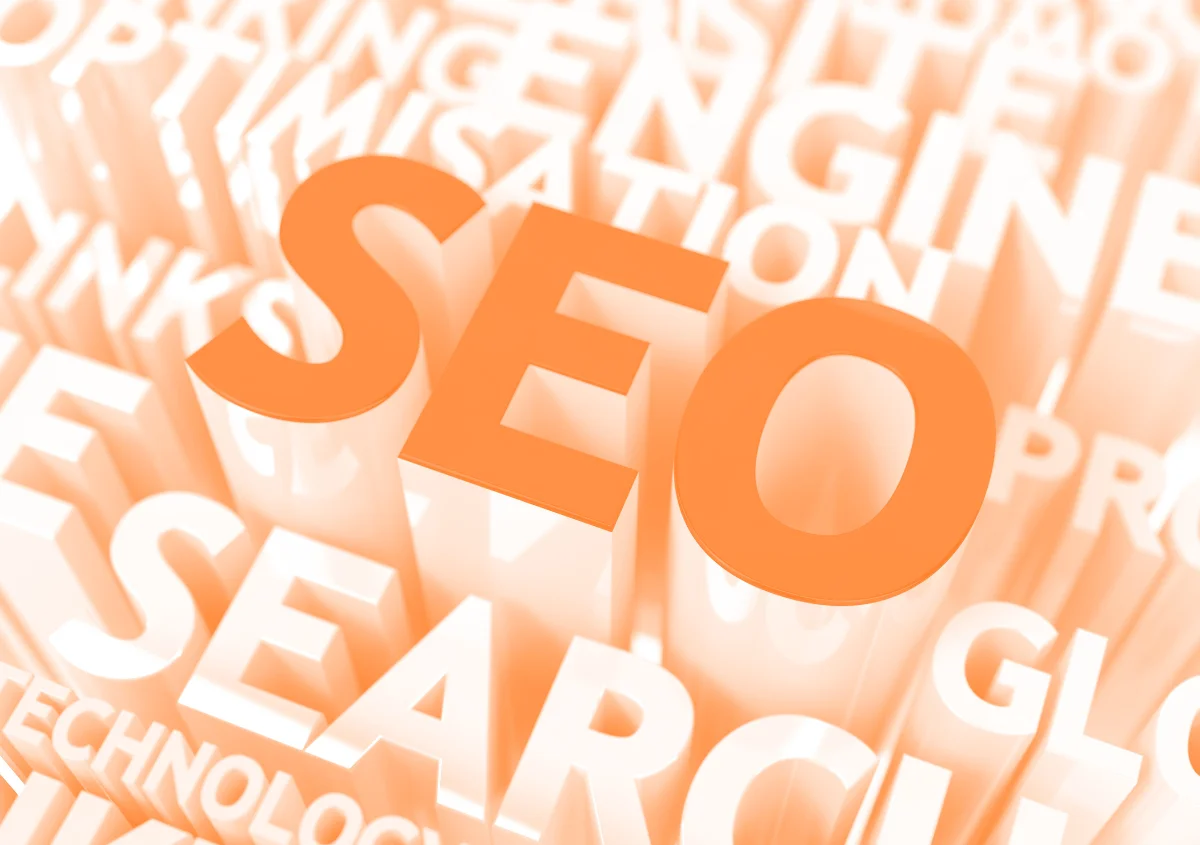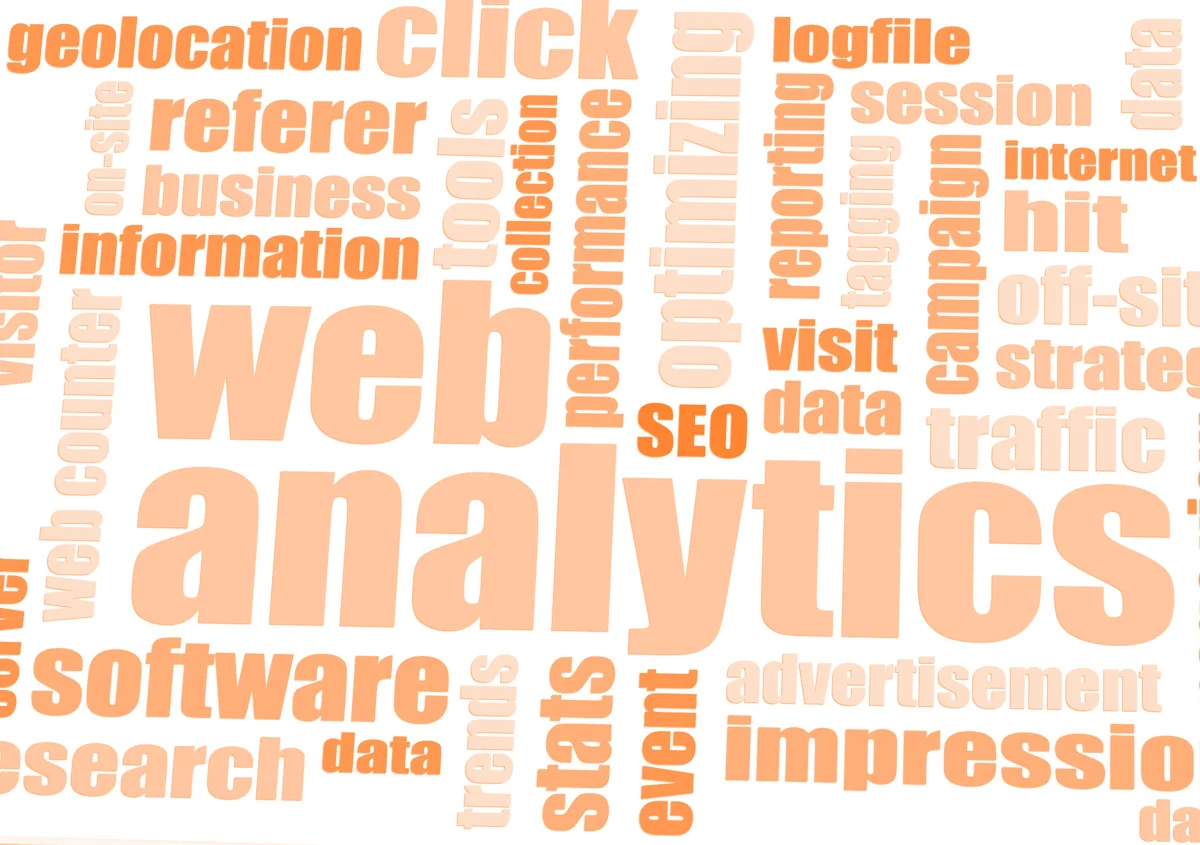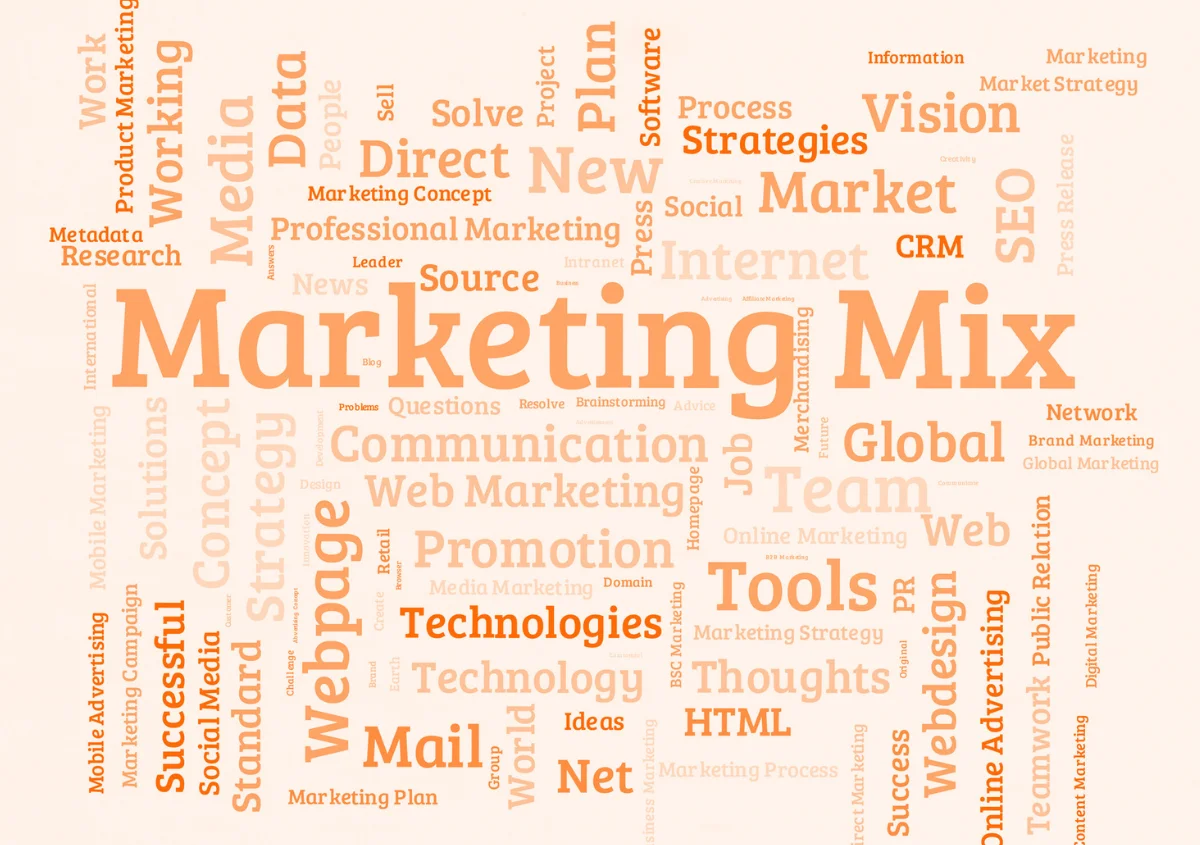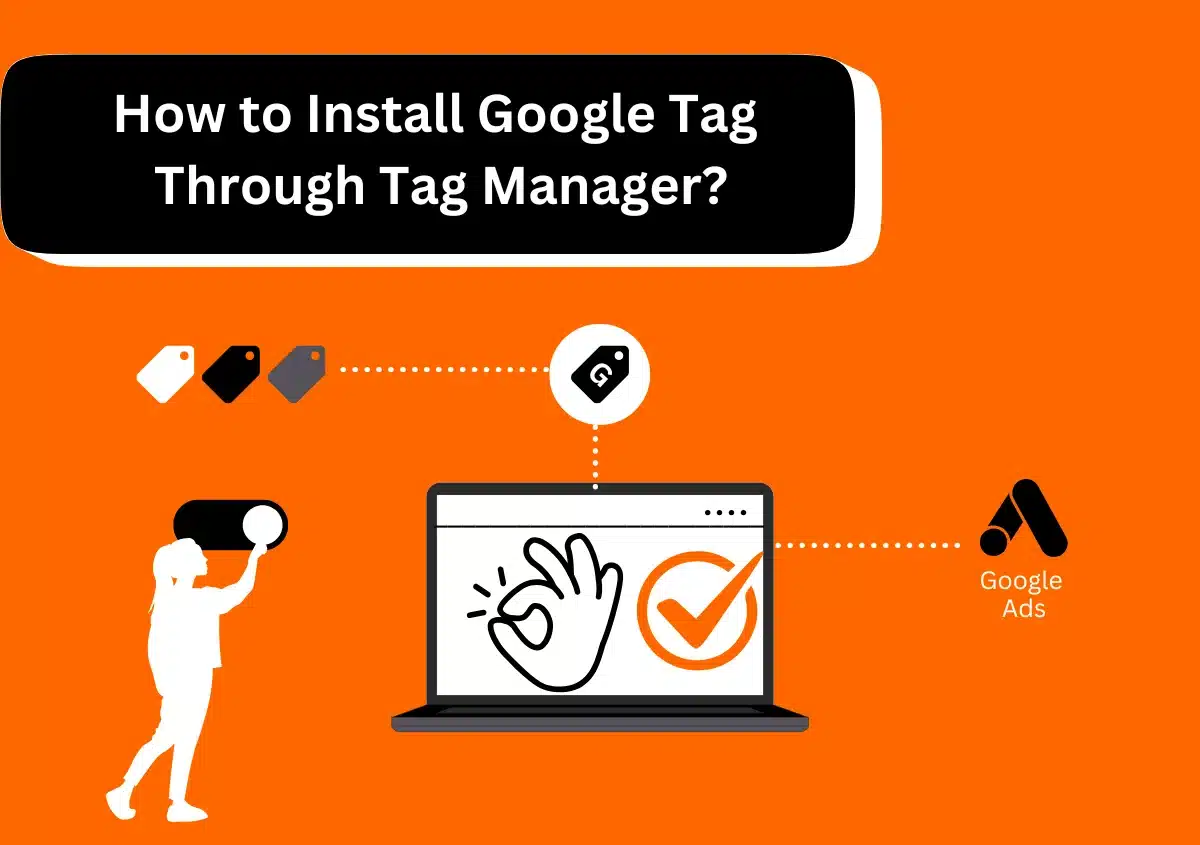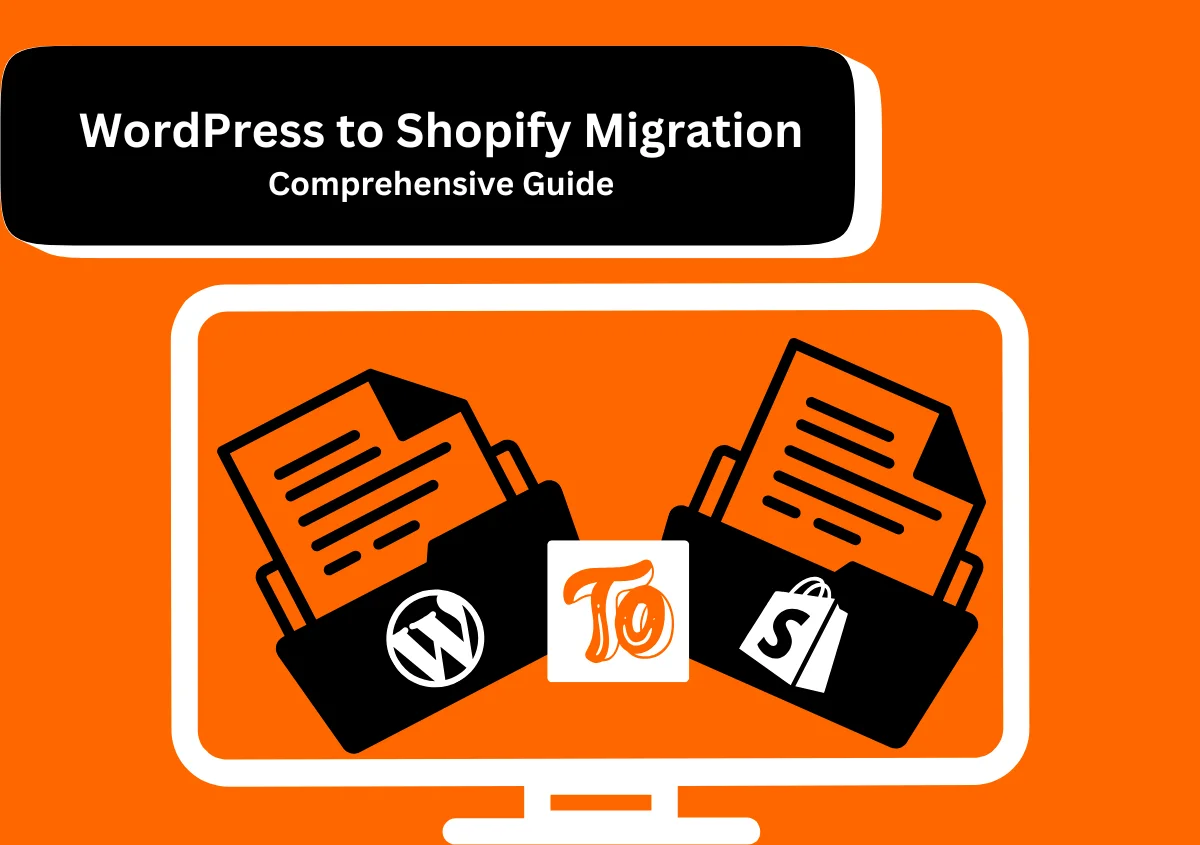The topic is a valid question, and we frequently get it, particularly from those who are new to sponsored search methods. You will want to know if you can afford it—and you can, which is fantastic news. The opposite news is that there isn’t a simple, universal solution. The simplest (and most annoying) explanation is that it depends.
Fortunately, we have some benchmarks to work with when determining the response. However, many variables might cause your Google Ads cost to differ from these figures.
The cost of Google Ads varies from US$100 to US$10,000 per month; in 2024, most organizations or businesses will spend between US$0.11 and US$0.50 per click and between US$0.51 and US$1000 for every 1000 impressions. The rate of Google Ads can change based on several variables, including your niche, industry, campaign targeting, and ad network.
Google claims that the average return on investment (ROI) for Google Ads, formerly known as Google Ads, is about 200%
The thing to note is—other important cost factors are not included in this pricing. These are;
- The price of tools and software for managing Google Ads
- Asset creation
In other words, Google calculates its blanket ROI only based on ad expenditures on its pay-per-click (PPC) platform. Considering every aspect of a PPC campaign, what is the actual return on investment?
This guide will cover every price associated with running a Google Ads campaign, answering any questions you may have about whether using this platform to promote your goods or services is the most cost-effective choice.
Let’s dive in.
Which Factors Affect Google Ads Costs?
Our 2024 cost-per-click (CPC) study will help you determine the key variables influencing your ad campaign budgets.
1. Sector/ Industry
Your Google Ads expenses are directly impacted by your sector/ industry.
The average cost-per-click (CPC) in Google Ads across all industries is US$0.63 for display and US$2.69 for search.
Competitive industries like banking, insurance, and fitness have a high average cost per click compared to other businesses. In these fiercely competitive industries, securing top ad placements and expanding your user base would require substantial expenditure.
The price an advertiser pays each time a user clicks on their advertisement is known as the cost per click (CPC), and it establishes how much it costs to find new clients using Google Ads.
Getting a single customer may provide a sizable income in industries like law or real estate. Setting a fair higher CPC to draw in that client.
Due to less competition and a more focused audience of professionals and organizations, B2B companies often pay less for Google Ads than B2C enterprises.
When organizing your campaigns, it’s critical to analyze how your sector/ industry affects the cost of your ads so that you can determine your cost estimates.
2. Campaign Strategy and Types of Ads
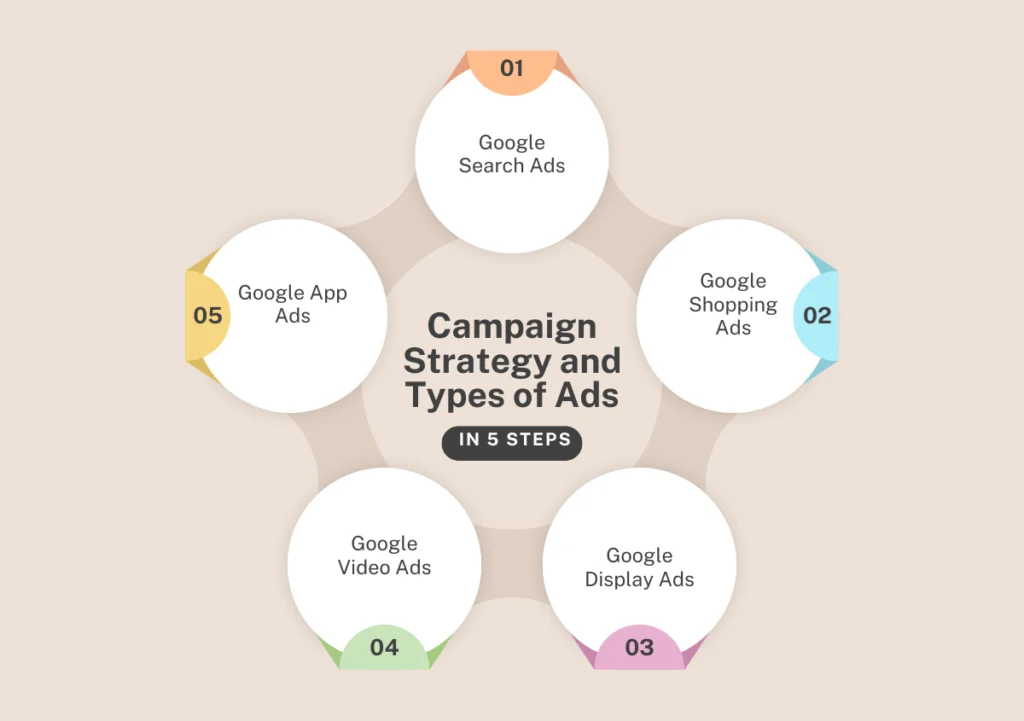
Google Search Ads
Displayed when users enter certain terms into Google’s search engine results pages (SERPs). They put you in touch with prospective clients who are interested in your products or services.
Google Shopping Ads
Showcase items visually in the search results together with information like costs and customer reviews. These commercials provide viewers with a brief overview of the characteristics of your product. On SERPs, shopping ads may show up in many places. They are located on the right side of the page as well as frequently at the top.
Google Display Ads
These visual banners appear on various websites and applications throughout the Google Display Network (GDN). Instead of focusing on the terms people search for, they target users based on their hobbies, demographics, or the material they watch.
Google Video Ads
These are YouTube video ads that captivate viewers with images, music, and narratives that appear before, during, or after a chosen video.
App Ads
Once you supply text and photos to promote the mobile app, Google automatically creates ad formats. These may appear on YouTube, the Google Display Network, the Google Ads Network, and the Google search engine.
Higher bids could be necessary for some ad kinds since they are more competitive and generate more interaction, such as search and display ads.
Your digital marketing strategy, which may be centered on optimizing clicks, conversions, or impressions, also determines costs. For example, tactics that strive for maximum exposure during rush hours might incur more expenses.
Strike a balance between controlling spending and meeting campaign goals to choose a financially sensible strategy.
3. Strategy of Bidding
How much are Google Ads, taking into account your chosen bidding strategy?
The amount you spend for user engagements like clicks and conversions is determined by your bidding strategy, which in turn affects your Google Ads prices.
Bidding in Google Ads is the process of setting a maximum price for a click or other activities, such as finishing a video ad. When you place a bid, you compete with other advertisers in an ad auction.
There are two main types of bid strategies:
Manual Bidding
Manual bidding allows you to determine the highest amount you will pay for a click on each ad and keyword. This method is perfect for you if you already know which terms generate more traffic and conversions. Certain keywords would be manually assigned to a larger budget.
Automated Bidding
With automated bidding, you can let Google’s algorithms determine your bids according to the chance your ad will result in a click or conversion. Within automated bidding, Smart Bidding leverages machine learning to better match bidding with your campaign goals by optimizing for conversions or conversion values using various tactics. To elaborate on the many categories of automated bidding tactics, you have
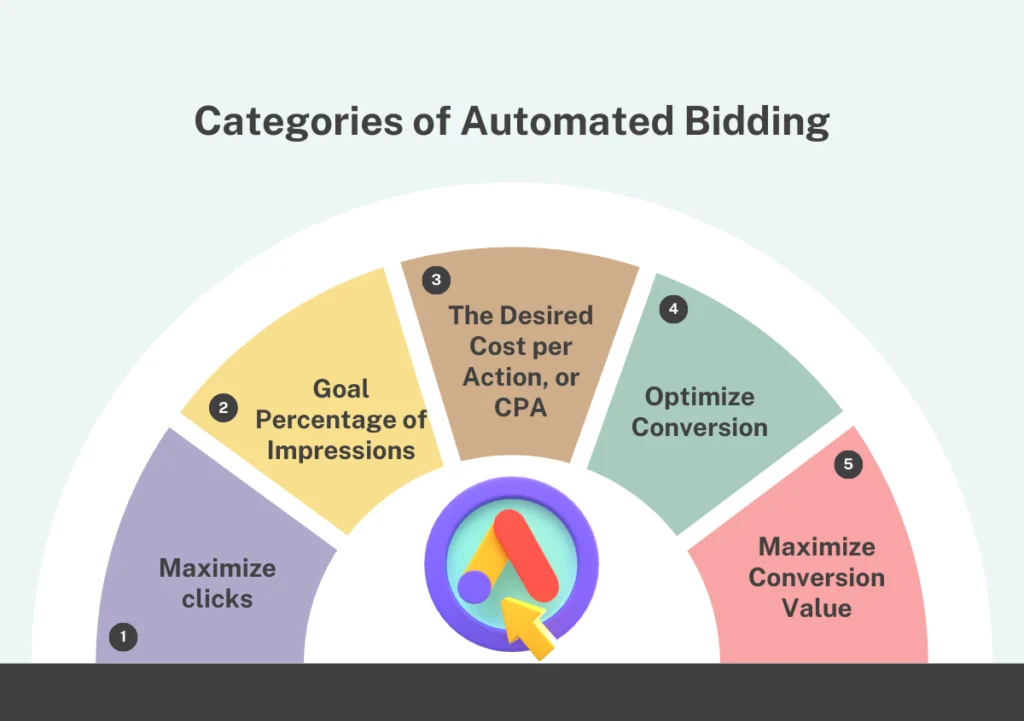
Maximize Clicks
This tactic is great for increasing traffic and seeks to obtain the most clicks for the money. Although it’s an inexpensive method of boosting site traffic, it doesn’t ensure high-quality visitors.
Goal Percentage of Impressions
Bids aim to get your ad to the top of the page. Depending on your intended impression share and level of competition, costs might vary significantly.
The Desired Cost Per Action, or CPA
Aims to optimize conversions within the constraints of your budget; for instance, maintaining expenses at or below US$20 for each conversion. It modifies bids to guarantee a higher conversion rate while staying within your budget.
The goal of target return on ad spend (ROAS) is to increase revenue or conversion value relative to the defined ROAS. To successfully apply this approach, you must have had at least 15 conversions in the previous 30 days.
Optimize Conversion
This Smart Bidding tactic can be customized with a CPA or ROAS to achieve certain objectives. Its main goal is to maximize conversions within your allocated budget.
Maximize Conversion Value
This tactic aims to obtain the highest conversion value for your campaign while staying within your budget, similar to ” maximizing conversions.” Additionally, it can be tunable with a ROAS to enable more accurate goal aiming.
Enhanced CPC (ECPC) is a different kind of bidding method that combines manual and Smart Bidding. When conditions are better for a conversion, ECPC modifies the manual bid you have established. It obtains the optimal conversion rate by utilizing several signals, including browser type and time of day.
4. Schedule
The amount that ads cost varies depending on how much online traffic during the day or week.
Dayparting, also known as ad scheduling, is the process of deciding when to display ads to prospective buyers.
This strategy lets you focus more of your investment on peak hours when prospective buyers are more engaged, increasing click-through rates and exposure.
Assume you manage a 24-hour emergency clinic for trauma patients.
Dayparting may be used to ensure pet owners suffering crises late at night see your ads by targeting keywords like “Trauma clinic near me open now” during late hours. Compared to advertising during the busiest hours of the day, when more Trauma clinics run ads, this tactic will be less expensive.
5. Targeting Devices
Device targeting is the process of identifying the desktops, tablets, and mobile devices that you want to see your ads on.
How does the cost of your Google Ads change depending on your device?
It has to do with how many people utilize certain gadgets.
Because marketers can reach a wider audience and there is less competition, the CPC decreases with the number of users. Since there are fewer desktop users, targeting them might result in a higher CPC.
53.66% of all website traffic in 2023 came from mobile devices, while 46.34% came from desktop computers.
It is advisable to examine how your target audience uses their devices on your website before implementing a device targeting plan in your Google Ads campaign. This step will guarantee that you only utilize the devices your target audience routinely uses to reach them with your money.
6. Trends
Google Ads expenses are rising in several industries due to heightened competition and changing user engagement.
- Increase in Click-Through Rate (CTR): Most industries saw an increase in CTR, indicating that ads are more successful in engaging viewers. However, this does not always translate into cheaper expenses. Higher engagement might increase competition among advertisers for the best keywords and ad placements, which could raise the cost per click (CPC).
- Increasing Cost Per Click (CPC): CPC has increased across various sectors. More advertisers are bidding on the same keywords, which indicates a more competitive advertising market and the reason for the cost increase. Raising CPC and expenditures could be necessary to keep them visible and productive.
- Reduction in Conversion Rate (CVR): Most industries experienced a reduction in CVR, even despite greater engagement rates. This indicates that fewer users complete the intended action (such as buying the item or service), even if more people click on ads. Advertisers must tweak their advertising and landing pages for better performance because this conversion drop could increase expenses per conversion.
- Increased Cost Per Lead (CPL): This indicates that obtaining leads is becoming more expensive, as CPL has increased in almost every industry. You may reduce CPL by honing your targeting tactics and enhancing ad relevancy.
Keep abreast of the latest developments and be ready to modify your tactics. To offset rising expenses, concentrate on improving targeting and ad content.
7. Fees for Campaign Management
The costs associated with employing a professional or digital marketing agency to handle your Google Ads account maintenance are known as campaign management fees. if you decide against managing the campaigns directly. These fees often cover the following tasks:
- Research on keywords
- Setting up a campaign, optimizing it, reporting
- What is the cost of campaign management? There may be variations in the fee structure.
While some experts charge a fixed cost, others take a cut of the advertising budget, and still others may have a mixed pricing schedule.
As an example
Assume your advertising budget is US$1000 and that an agency charges a 15% management fee on the amount of money spent on ads. If so, the additional US$150 for management services will be charged to you.
Spending more money than you do on marketing may seem paradoxical, but hiring experts may improve campaign success and return on investment. This is the reason why
- Expertise: Professionals have experience in this field, so they can help you avoid costly mistakes and launch profitable campaigns immediately.
- Efficiency: You may concentrate on your business since they oversee the campaign’s continuing duties.
- Trends: They stay current with the newest developments in digital marketing to keep your plan innovative.
- Analytics: Experts examine data to offer insights that improve marketing and increase performance.
Google Ads Costs by Industry
For Small Businesses
According to 62% of respondents, small companies typically spend between US$100 and US$10,000 monthly on Google Ads. As previously said, the amount that your small business may pay may vary based on the level of competition in your sector and the ad network of choice.
Per Sector/ Industry
Although most businesses spend between US$100 and US$10,000 a month on Google Ads, they use their advertising budgets in various ways. Several factors, including their industry, products, services, and competitors, influence their Google advertising expenditures.
Check out This Analysis of Google Ads CPC Rates for Insight Into Your Industry:
| Sector/ Industry | Average CPC (Search Network) | Average CPC (Display Network) |
| Advocacy | US$1.43 | US$0.62 |
| Animals & Pets | US$3.13 | |
| Apparel / Fashion & Jewelry | US$2.72 | |
| Arts & Entertainment | US$1.55 | |
| Attorneys & Legal Services | US$9.21 | |
| Auto | US$2.46 | US$0.58 |
| Automotive — For Sale | US$2.08 | |
| Automotive — Repair, Service & Parts | US$3.06 | |
| B2B | US$3.33 | US$0.79 |
| Beauty & Personal Care | US$2.89 | |
| Business Services | US$5.47 | |
| Career & Employment | US$3.78 | |
| Consumer Services | US$6.40 | US$0.81 |
| Dating & Personals | US$2.78 | US$1.49 |
| Dentists & Dental Services | US$6.69 | |
| E-commerce | US$1.16 | US$0.45 |
| Education | US$2.40 | US$0.47 |
| Instructional | US$4.10 | |
| Finance & Insurance | US$3.44 | US$0.86 |
| Finance & Insurance | US$4.01 | |
| Furniture | US$2.77 | |
| Health & Medical | US$2.62 | US$0.63 |
| Health & Fitness | US$4.18 | |
| Home & Home Improvement | US$6.55 | |
| Home Goods | US$2.94 | US$0.60 |
| Industrial & Commercial | US$4.35 | |
| Industrial Services | US$2.56 | US$0.54 |
| Legal | US$6.75 | US$0.72 |
| Personal Services | US$3.90 | |
| Physicians & Surgeons | US$3.97 | |
| Real Estate | US$2.37 | US$0.75 |
| Restaurants & Food | US$1.95 | |
| Shopping, Collectibles & Gifts | US$2.44 | |
| Sports & Recreation | US$1.77 | |
| Technology | US$3.80 | US$0.51 |
| Travel and Hospitality | US$1.53 | US$0.44 |
Sectors/ Industries with greater cost-per-click (CPC) tend to invest more in Google Ads.
For instance, the average click-through rate in the consumer services sector is over US$7, which may encourage companies in that sector to increase their monthly Google Ads spending.
How Does Google Calculate Your CPC?
Your CPC is determined by a few criteria related to Google Ads pricing. You may not always pay the full sum of your bid.
Having stated that, let’s examine what establishes the cost-per-click for Google Ads:
1. Quality Score
Google will provide you with a quality score before determining your CPC.
Your ad’s landing page, experience, and relevancy to the keyword establish your Quality Score, which is a number between one and ten.
Google determines your Ad Rank after determining your Quality Score.
The likelihood that users will click on your ad is predicted by the expected CTR.
Ad relevance measures how well your ad and keywords match the user’s search intent; landing page experience evaluates whether or not people find the page they land on after clicking on your ad to be pertinent, helpful, and easy to use.
Better ad performance and maybe cheaper CPCs might result from using high-quality landing pages and ads.
2. Threshold of Ad Rank
The minimum requirements that your ad must fulfill to show up in a certain spot on the search results page are known as ad rank thresholds. Thanks to these standards, users are guaranteed to see only relevant and high-quality ads.
Google uses several metrics, including your maximum bid, quality score, and keyword competition, to determine your Ad Rank. For your ad to be shown, you must meet or surpass these requirements.
Google uses the following formula to determine your Ad Rank:
Ad Rank = Max Bid X Quality Score
Top positions in the search results are awarded to ads with the highest Ad Rank.
3. CPC (Cost Per Click)
You only have to pay when someone clicks on your ad if it appears in the search results. However, the highest bid you establish will not always be paid.
Google Ads uses the following formula to calculate your CPC:
The next Ad Rank or Quality Score of your Ad + US$.01 = CPC (Cost per click).
Businesses with lesser advertising costs can compete with larger enterprises on Google, thanks to this strategy. Because your ad has a higher Quality Score than the one of a firm that ranks lower, for instance, you could spend less per click.
4. Auction’s Level of Competition
The potential CPC is typically greater in highly competitive auctions, where more advertisers compete for the same keywords. The number of advertisers ready to pay for visibility and the demand for particular keywords affect an auction’s competitiveness.
A well-considered bidding approach and excellent ad quality might be essential to winning in these situations without exceeding the budget.
5. Context of Search
The user’s location, device, time of day, and type of query are all examples of the context of their search. More pertinent ads to the particular context of the user’s search will probably do better. Customizing your advertising to the search environment and keywords may raise its efficacy and efficiency.
6. Assets and Ad Formats’ Impact
The success of your ad is greatly influenced by the usefulness and relevancy of its extensions, such as callouts, site links, and structured snippets. These resources can increase the appeal and exposure of your ad, which can increase engagement rates.
This is a high-level summary of Google’s CPC calculation process:
Let’s say there is competition between five ads for four spots above the search results. They have Ad Ranks of 80, 30, 50, 10, and 5.
Take note: If you have set a bid adjustment or activated Enhanced CPC, your real CPC can be higher than your maximum CPC.
How Can I Set a Budget for Google Ads?
When you launch a Google Ads campaign, you establish an average daily budget. This is the amount you feel comfortable spending on each campaign.
Google suggests spending between $10 and $50 each day to start.
But first, let’s understand a few important factors:
- The amount you spend on average each day serves as a guide. It is a baseline rather than a hard cap to let Google Ads know how much you will pay on average each day.
- Your bid is the amount you will spend for an ad click. Bids can be set for every keyword or ad group. Google Ads determines ad placement by combining your bid with other variables (such as Ad quality).
- The actual amount spent varies daily. On certain days when traffic is strong and your ad works well, Google may double your daily budget. Less money may be spent on calmer days.
- The entire amount you are charged for the ads is called the “ad cost.” Google guarantees that even though your daily expenses may differ, you will never be charged more than double your daily allowance in a single day.
You may modify your daily budget with Google Ads as you discover what works best for your campaigns.
When determining which days your ads will work well, Google optimizes expenditure using your average daily budget as a reference.
This implies that Google could use more of your cash to take advantage of opportunities on days when there is a chance for stronger ad interaction or more search traffic. However, expenditures are modified appropriately on days with less involvement or traffic.
This strategy seeks to optimize your return on investment by allocating your funds where they may have the most possible impact. Two limits exist:
Daily Spending Cap
A daily budget is something that Google Ads will ask you to supply when you start up a campaign. Although there is a shared budget tool, it is advisable to provide a distinct budget for each campaign when you first start. However, this does not guarantee that Google will spend the exact amount you choose daily. You’re providing Google an approximate estimate of how much you want your daily spending to total at the end of the month so that it may go above or under that amount on any given day. This brings up the topic of expenditure caps.
Monthly Spending Cap
Before announcing in October 2017 that it may spend up to 100% more of your budget, or double it, if it meant more clicks or conversions, Google was only allowed to spend up to 20% more than your daily average budget in this way. This implies that your daily spending cap is $100 if you establish an average $50 daily budget. You can establish a monthly spending limit at the account level if you’re not paying for Google Ads using the invoicing method. Still, you will never pay more monthly than your monthly spending limit (your average daily budget x 30.4). You will also never pay more in a day than your daily spending limit.
Establish Your Daily Average Budget
When establishing your campaign, Google suggests allocating funds. You are free to add to or accept that budget.
It’s the final stage before going over the specifics of your campaign and releasing.
After creating the campaign, click the “Settings” icon next to the campaign name in the “Campaign” table to modify the budget.
To change your existing budget, click “Budget” in the input box and then “Save.”
What Additional Costs Should I Expect for Google Ads?
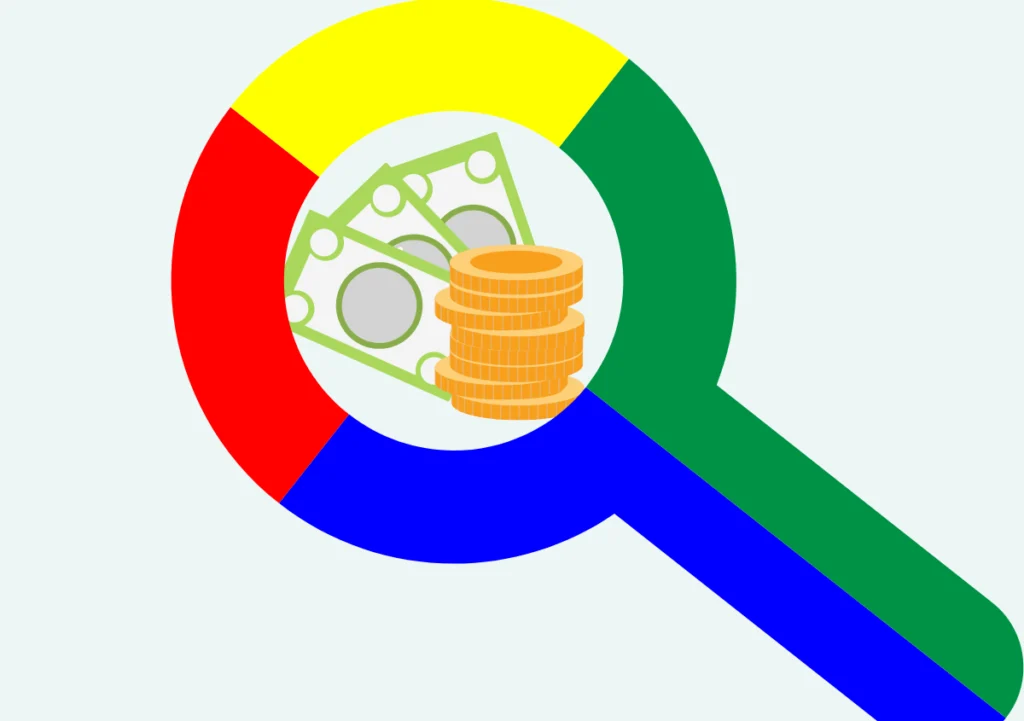
The following expenses are generally what companies may anticipate from Google Ads:
PPC Management by an Expert
Businesses frequently collaborate with PPC agencies when they invest in PPC.
A PPC agency develops, launches, and manages paid advertising campaigns on networks like Microsoft Advertising and Google Ads and assists in improving your Google Ads optimization score.
An agency’s PPC management typically costs between $501 and $3000 monthly (36% of respondents). Agencies frequently charge varying prices for PPC services, and some may even charge hourly. The price model and agency you select will determine how much you will spend.
Software for PPC Management
Businesses can also use free and paid PPC software to streamline internal PPC administration. These optional tools can aid your business in bid optimization, ad evaluation, and more.
A paid PPC management solution might cost anywhere from $15 to $800 monthly. Now that you’ve familiarized yourself with the fundamentals of Google Ads expenses, are you prepared to explore the platform and the ad auction that determines your company’s true advertising cost? Simply continue reading to get started!
How Do I Optimize & Manage My Google Ads Budget?
1. Establish a Daily Budget Plan
You may better manage and prevent overpaying on Google Ads by creating a daily budget.
- To calculate your daily budget, divide the monthly minimum by 30.4, which is the average number of days in a month if you have one.
- Next, navigate to “Campaigns” on the Google Ads account page’s left-hand sidebar.
- Navigate to a campaign’s budget to determine it. Next, choose the pencil icon located beneath the “Budget” column.
- Click “Save” after entering your desired average daily budget.
2. Boost Your Quality Score
Google utilizes a statistic called Quality Score (QS) to evaluate the caliber of your ads. Consider QS as a clue from Google on the relevancy and utility of your ad to its audience.
Although it has no direct impact on your Google Ads budget, your ad Quality Score may impact your CPC. It can provide insights on how to manage your Google Ads expenses and spend more effectively.
Google assigns a quality score to your ad, ranging from 1 to 10, where a higher number means that your ad is more relevant to users than those of your rivals. Based on their grades, the ratings fall into three categories:
- Lower than usual
- On average
- Above the norm
Understanding how Google Ads determines QS will assist you in determining how to improve it:
- Expected CTR: Indicates whether or not viewers of your ads are likely to click on them.
- Ad significance: determines if your ad responds to the query a person enters into their search.
- Experience with landing pages: determines if the page viewers reach after clicking your ad is informative and lives up to their expectations.
Since QS isn’t a KPI, it shouldn’t be the primary metric used to gauge the effectiveness of your advertisement. Just use it as a guide to improve your advertisements.
Why, Then, is QS Important?
It may affect the effectiveness of ads: Ad components that impact performance and visibility are reflected in QS.
What happens to your ad rank? A higher Ad Rank, which results in better positioning in search results, may be attained by having a higher QS.
It might reduce your CPC. Google may offer you a cheaper cost per click (CPC) if your ad is judged to be more relevant and beneficial to users if your QS is greater.
Think of QS as feedback that shows you how effectively your ad matches the search intent of your target audience.
To maximize your Google Ads budget and enhance the efficacy of your ads, use the QS.
By improving your landing page, you may raise your quality score.
The webpage that your advertisement drives viewers to and encourages them to do a desired action is known as a landing page.
Purchasing a good or service, signing up for a course, or subscribing to your newsletter are some examples of the intended activity, depending on the ad’s goal.
Let’s take an example where you advertise a webinar that is coming up. A webinar registration form needs to be on the landing page.
When optimizing your landing page, the following are important things to consider:
- Relevance of Keywords: Make sure the keyword and landing page match. When users click on your advertisement and see what they expect, they are less likely to leave without completing the intended action.
- Load Speed of Page: Users appreciate quickly loading webpages, which provide a better online experience. For a mobile and desktop device load speed analysis, use Google’s PageSpeed Insights.
- User-Friendliness: Mobile traffic to your landing page is higher than that of desktop traffic. Making your webpage simple to use and browse will make it easier for visitors to take the desired action.
Final Thoughts
Most businesses pay between $8,000 and $10,000 monthly on Google Ads, yet the question, “How much does Google Ads cost?” remains unanswered. And there’s an excellent reason for it.
You are in complete control of how much you spend on Google Ads. Your company’s ideal Google Ads budget may vary depending on several variables, such as the effectiveness of your ads, your industry, your objectives, the tools you choose to employ, and more.
Regardless of your chosen strategy, Google Ads is an excellent advertising platform for nearly all businesses. In the worst-case situation, an unsuccessful test campaign might cost you some money.
However, once you see the benefits of running a profitable Google Ads campaign, you’ll wonder why you didn’t try it earlier! Our PPC management services for Google Ads will help you create your campaign and set your budget.
Just Contact us at 973-577-7213 or write to us at support@websitepandas.com today!

